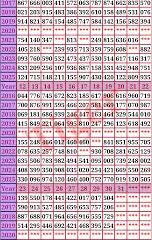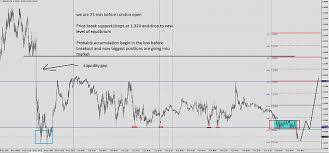Understanding the Siemens Stock Split and Its Impact

Introduction
The recent announcement of a stock split by Siemens AG, a global leader in industrial manufacturing, has captured the attention of investors and market analysts alike. Stock splits can significantly influence a company’s market dynamics and investor perception, making this topic particularly relevant. As one of the largest engineering and technology companies in Europe, Siemens’ stock behavior can offer insights into broader market trends.
Details of the Stock Split
Siemens AG announced a 2-for-1 stock split effective from January 1, 2024. This means that for every share held, investors will receive one additional share, effectively halving the share price while keeping the overall market capitalization of the company the same. The main intention behind the split is to enhance liquidity and make the stock more accessible to smaller investors, which could help increase demand.
Following the announcement, Siemens shares were seen trading at approximately €125, and the split will reduce this price to around €62.50 per share. This strategic move aligns with Siemens’ goal to attract a broader investment base amid a dynamically changing market landscape.
Market Reactions
Analysts have reacted positively to the news, noting that historically, stock splits can lead to a short-term boost in share prices as more investors are able to enter the market. However, experts caution that the long-term value of Siemens stock will ultimately depend on the company’s performance and its ability to innovate and grow sustainably.
Additionally, this split is viewed in the context of current economic conditions in Europe, where companies are navigating inflationary pressures and supply chain disruptions. Siemens’ robust business model and diversified portfolio are expected to help mitigate some of these risks as they continue to innovate in sectors such as digitalization and automation.
Conclusion
The Siemens stock split is a significant development that could provide opportunities for investors and potentially lead to increased trading activity. While stock splits are often perceived as a negative signal when companies miss their targets, in Siemens’ case, the split is seen as a proactive measure to stimulate growth and engage more retail investors.
In conclusion, as the market anticipates the implications of this split, investors should keep a close watch on Siemens’ performance metrics and strategic decisions moving forward. This event serves as a reminder that while stock splits can create a temporary spike in trading activity, they are just one element of a much larger investment strategy.









